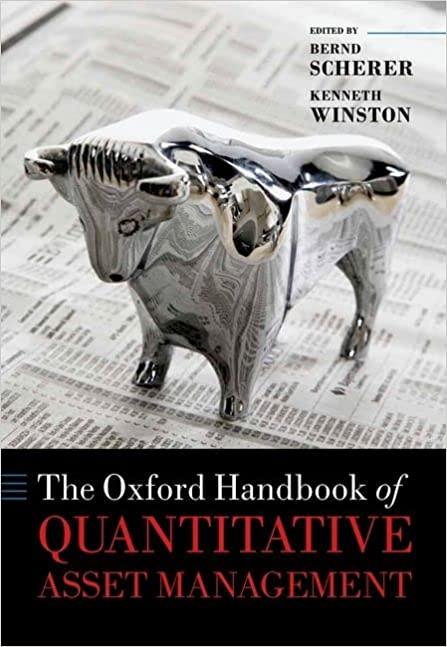Please provide a unique, detailed and complete solution, and I will be sure to upvote your response.
The following is a mathematical finance question; please answer accordingly. Thank you :)

2.11. (Selling or Buying a Loan) On November 12, 2007, a borrower closes on a loan for $176,000 at 6.25% per annum compounded daily. Repayment of the loan's maturity value (principal plus interest) is due in full on April 15, 2008. Suppose that the fine print of the original loan stipulated that the lender can sell the loan on the condition that the interest rate and maturity date remain the same. The lender sells the loan to another lender on January 5, 2008. The new lender agrees to purchase the debt for the present value of the maturity value at 10% per annum compounded daily. Assume that interest compounds daily and the borrower does not default on the loan. Use Banker's Rule when solving the following: a) What is the maturity value of the loan? b) What will the first lender receive for selling the loan? Is any profit made by the first lender? c) What profit will the second lender make on the loan's maturity date if the conditions of the original loan are unchanged? d) Though the original interest rate and maturity date are unchanged, the second lender is not prevented from reissuing the loan with a new start date set as the loan's purchase date and with the new loan's principal set as the value of the loan on the purchase date. Does the second lender make more profit by resetting the loan in this way? Explain. 2.11. (Selling or Buying a Loan) On November 12, 2007, a borrower closes on a loan for $176,000 at 6.25% per annum compounded daily. Repayment of the loan's maturity value (principal plus interest) is due in full on April 15, 2008. Suppose that the fine print of the original loan stipulated that the lender can sell the loan on the condition that the interest rate and maturity date remain the same. The lender sells the loan to another lender on January 5, 2008. The new lender agrees to purchase the debt for the present value of the maturity value at 10% per annum compounded daily. Assume that interest compounds daily and the borrower does not default on the loan. Use Banker's Rule when solving the following: a) What is the maturity value of the loan? b) What will the first lender receive for selling the loan? Is any profit made by the first lender? c) What profit will the second lender make on the loan's maturity date if the conditions of the original loan are unchanged? d) Though the original interest rate and maturity date are unchanged, the second lender is not prevented from reissuing the loan with a new start date set as the loan's purchase date and with the new loan's principal set as the value of the loan on the purchase date. Does the second lender make more profit by resetting the loan in this way? Explain







